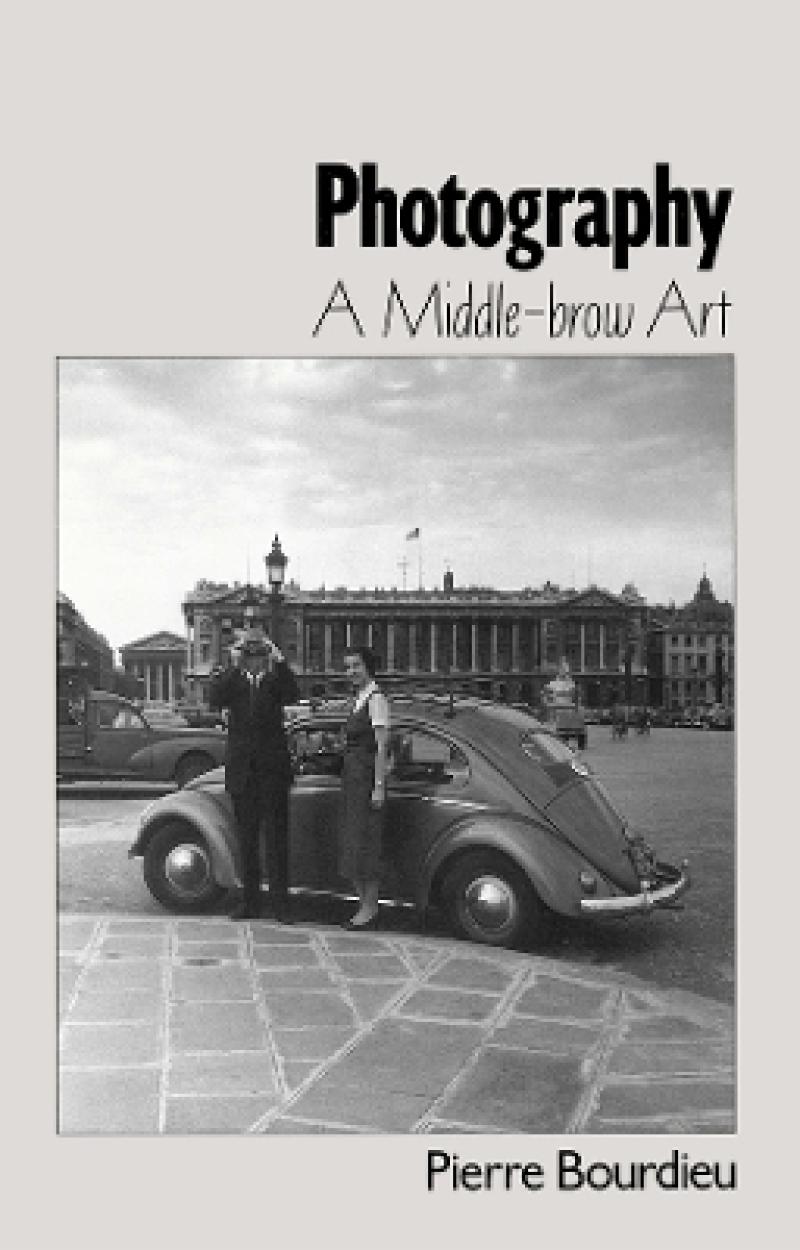The everyday practice of photography by millions of amateur photographers - the family snapshots, the holiday prints, the wedding portraits - may seem to be a spontaneous and highly personal activity. But Bourdieu and his associates show that few cultural activities are more structured and systematic than the social uses of this ordinary art. This perceptive and wide-ranging analysis of the practice of photography brings out the logic implicit in this cultural field. The norms which define the occasions and the objects of photography serve to display the socially differentiated functions of, and attitudes towards, the photographic image and act. For some social groups, photography is primarily a means of preserving the present and reproducing the euphoric moments of collective celebration, whereas for other groups it is the occasion of an aesthetic judgement, in which photos are endowed with the dignity of works of art.
Les mer
The everyday practice of photography by millions of amateur photographers -- the family snapshots, the holiday prints, the wedding portraits -- may seem to be a spontaneous and highly personal activity. But Bourdieu and his associates show that few cultural activities are more structured and systematic than the social uses of this ordinary art.
Les mer
Preface. Introduction. Part I: . 1. The Cult of Unity and Cultivated Differences (Pierre Bourdieu). 2. The Social Definition of Photography (Pierre Bourdieu). Part II: . 3. Aesthetic Ambitions and Social Aspirations: The Camera Club as a Secondary Group (Robert Castel and Dominique Schnapper). 4. Mechanical Art, Natural Art: Photographic Artists (Jean-Claude Chamboredon). 5. Professional Men or Men of Quality: Professional Photographers (Luc Boltanski and Jean-Claude Chamboredon). Notes. Index.
Les mer
The everyday practice of photography by millions of amateur photographers - the family snapshots, the holiday prints, the wedding portraits - may seem to be a spontaneous and highly personal activity. But Bourdieu and his associates show that few cultural activities are more structured and systematic than the social uses of this ordinary art. This perceptive and wide-ranging analysis of the practice of photography brings out the logic implicit in this cultural field. The norms which define the occasions and the objects of photography serve to display the socially differentiated functions of, and attitudes towards, the photographic image and act. For some social groups, photography is primarily a means of preserving the present and reproducing the euphoric moments of collective celebration, whereas for other groups it is the occasion of an aesthetic judgement, in which photos are endowed with the dignity of works of art.
Les mer
"At his best Pierre Bourdieu observes the world like an acerbic novelist, and Photography is Bourdieu at his best - its insights into the popular use of the camera still offer the delights of recognition and a valuable reminder that cultural studies need the empirical and theoretical underpinnings provided by good, Durkheimian sociology." Simon Frith "Interesting ... in its scope and insights." The Guardian "Pathbreaking [and] intriguing." Times Higher Education Supplement
Les mer
Produktdetaljer
ISBN
9780745617152
Publisert
1996-02-18
Utgiver
Vendor
Polity Press
Vekt
340 gr
Høyde
229 mm
Bredde
154 mm
Dybde
13 mm
Aldersnivå
UU, P, UP, 05, 06
Språk
Product language
Engelsk
Format
Product format
Heftet
Antall sider
232
Redaktør
